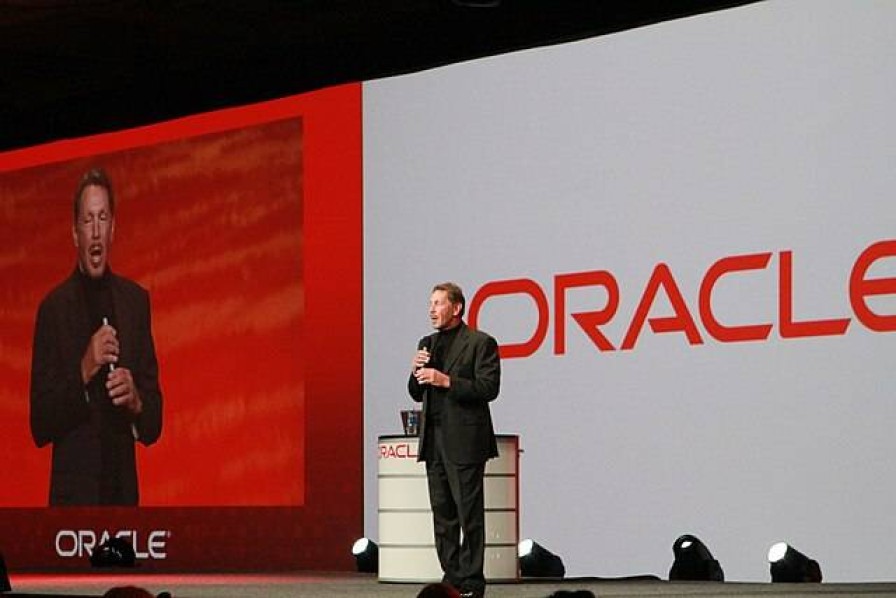Klarna’s big stock debut the highlight of the markets’ week
The company’s offer price of US$40 a share undervalues its substantial growth opportunity, reckons Morningstar.
Klarna shares surged more than 30% at the open of trade in New York.
The company’s offer price of US$40 a share undervalues its substantial growth opportunity, reckons Morningstar.
Klarna shares surged more than 30% at the open of trade in New York.
Swedish buy-now, pay-later company Klarna launched onto the New York Stock Exchange on Wednesday, raising more than US$220 million ($368m) in the largest initial public offer of 2025.
Klarna sold 34.3 million shares to investors at US$40 a share late on Tuesday, above the forecasted range of US$35 to US$37, valuing the company at more than US$15 billion.
Morningstar thinks they should rise even higher. In a note to investors on Thursday, it valued Klarna's shares at US$45 apiece, saying the offer price undervalues the substantial growth that recent agreements with payment service providers are expected to drive.
"Growth is what it is all about for Klarna. While its platform is currently just breaking even, starting to eke out a marginal operating profit, the company is poised for a big shift," Morningstar analyst Niklas Kammer said.
"As its platform scales and its underwriting models are enriched with more shopper behaviour data, we anticipate profitability to improve. These new payment service provider agreements will enable Klarna to upsell its conversion and customer acquisition funnel tools to merchants, propelling the BNPL provider to reach more merchants, serving more customers, and growing more profitable.”
While Klarna's operating costs are expected to rise again after the Commonwealth Bank-backed, Stockholm-headquartered company significantly reduced its workforce and integrated artificial intelligence efficiency tools, its "impressive top-line growth more than offsets these expenditures," he said.
Meanwhile, during a quarterly trading update on Wednesday, American technology company Oracle reported it had signed four multi-billion-dollar contracts and forecasted significant revenue projections. Oracle has projected revenue from its cloud infrastructure would climb to US$144 billion ($241b) over the next four years, up from US$18b this fiscal year.
The stock rose 36% and the company’s market cap climbed US$244b to settle at US$922b.

ASB’s Frank Jasper.
ASB chief investment officer Frank Jasper said the general tenor across the US earnings season had been strong. “There have already been early signs of cost-outs from AI.”
However, he said, competitive theory suggests those benefits are passed on to consumers rather than captured by the business that generates them. This raises an interesting question about who benefits, and how it may not be the companies that are popular right now.
“It's a really key thing for all of us to bear in mind as we think about navigating this AI theme: the profits don't always end up in the places you think they're going to end up.”
Jasper mentioned how Netflix evolved into the streaming giant it is today in part due to the high-speed internet and optic fibre cables laid around the world.
“Oftentimes, new technology results in new businesses being created using that technology that we couldn't possibly have thought of [at the time].”

Oracle CEO Larry Ellison. Photo: Wikimedia Commons.
US employment and inflation data reported in the past week will set the scene as the US Federal Reserve prepares to meet next week.
The US Labor Department reported the number of Americans filing for unemployment benefits for the week ending September 6 rose 6% to 263,000.
The figure surpassed the expectations of local economists, who had estimated a final figure between 231,000 claims and 235,000. It was the largest week-on-week increase in claims for close to a year, and the total number of applications was the largest since the week of October 23, 2021.
Jasper described the week-on-week figures as noisy and not as useful as a four-week moving average. Taking that approach, he said, monthly moving averages weren’t at the same four-year highs – but were creeping upwards.
Earlier in the week, the US Bureau of Labor Statistics reported that the economy added 911,000 fewer jobs than previously reported for the year ended March. The revision estimate is equivalent to roughly 76,000 fewer jobs per month.
Downward revisions since the cutoff date suggest the reduction in payroll growth has been around 1.2 million for the past 16 months.
This week, the US Producer Price Index fell 0.1% for the month of August, diverging from widespread expectations of a 0.3% rise. However, the upside surprise was met by a muted market response, with stocks rising slightly and Treasury yields moving modestly lower.
The PPI dataset was followed by the Consumer Price Index, which rose 0.4% for August. The increase pushed the headline CPI rate to 2.9%, the highest that rate has been since January when it reached 3%.
Jasper said the CPI rise and weekly jobless claims formed opposite sides of the same equation. “This is why the Fed’s got a tricky balancing act.”
Enjoyed this recap? Don’t miss the forecast. NBR member subscribers can read our Market Outlook every Monday to know what to expect in the week ahead.
Sign up to get the latest stories and insights delivered to your inbox – free, every day.